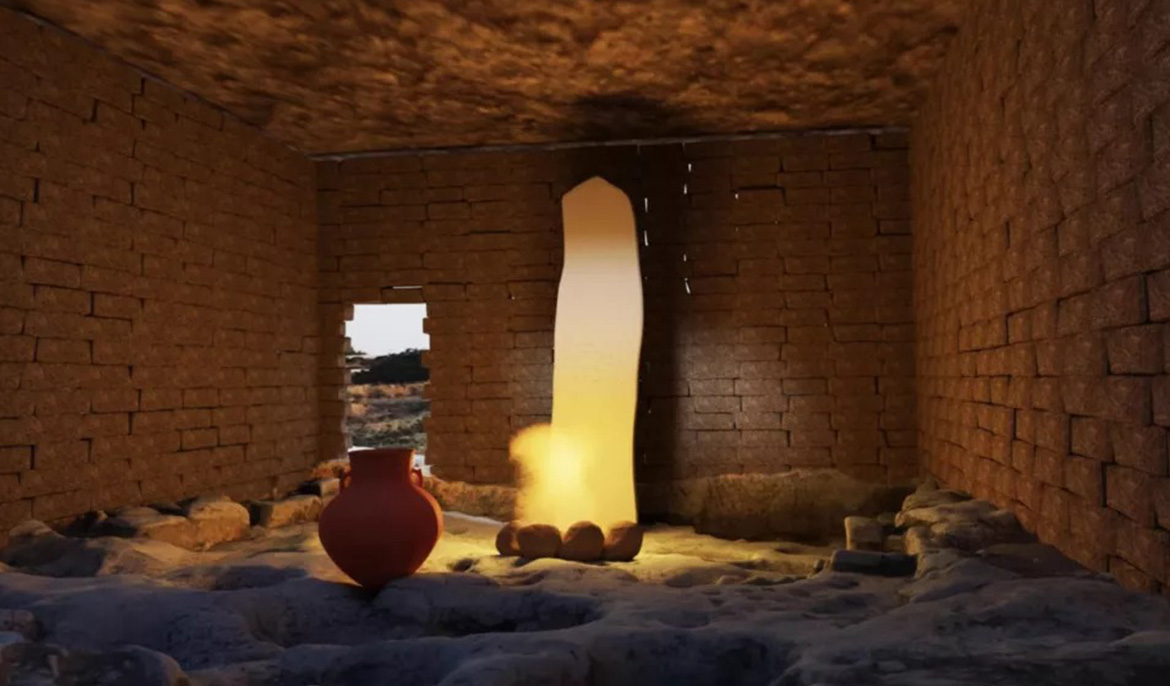A scientific expedition from the University of Siena has unearthed a 4000-year-old temple in Erimi, Cyprus.
The temple was found in an area that once housed a craftsman’s workshop. According to archaeologist Luca Bombardieri, who spoke to the Italian news agency ANSA, this is the oldest sacred site discovered on the island so far.
Bombardieri has been overseeing the excavations for the past 15 years, conducted in collaboration with the Department of Antiquities of Cyprus and the Italian Ministry of Foreign Affairs as part of an international cooperation effort.
The scientist explained, “It is a large room where a big brazier illuminated a large monolith day and night.” Essentially, it is a “temple created before the temples we usually know,” built within a working environment, showing “how complex and rich the lives of these people were—craftsmen who lived four millennia before us, just a few centuries before the first cities on the island were born.”
Ancient femicide uncovered
The Italian scientist also revealed that in the latest excavation campaign, the skeleton of a young woman, around 20 years old, was found. Evidence suggests she was murdered and her body “sealed”, possibly to hide the crime and prevent her ghost from “disturbing” the living.
Her murderers fractured her skull with a spear or a heavy stone and placed her on the floor with a heavy stone on her chest as if to keep her still. No valuable items or grave goods were found in the surrounding area, indicating that the usual burial rites were not followed.
Italian scientists suggest this might be an ancient case of femicide, possibly related to the young woman being pregnant.
The door of the small residence was sealed carefully, much like a tomb. This event dates back to the Bronze Age, between 2000 and 1600 BCE.
The femicide “may be connected to other cases recorded in the past in other parts of Cyprus,” estimates the Italian archaeologist. The victims were always young women, killed and isolated from their communities, kept away even from the dead, possibly due to issues related to motherhood.
The workshop’s significance
With over 1000 square metres of workshops, storage areas, and large dyeing basins, the Erimi workshop occupied the entire top of a hill on the southern coast of Cyprus, not far from the modern city of Limassol. It was an ideal location for its activity, well-ventilated and close to fresh water from a river, with soil that spontaneously grew plants used to dye fabrics the beautiful red colour that made them unique and valuable.
Further down the hill, houses were crowded together, and at an appropriate distance, the dead were buried, the wealthier ones in large chamber tombs filled with grave goods, and the poorer ones in simple pits.
Thanks to its wine-coloured textiles, Erimi had grown in fame and power.
Perhaps, with new wealth came enemies, both internal and external. The village’s story abruptly ends; it was abandoned, and the workshop was sealed with all its precious treasures, including the temple with its monolith.
A fire, possibly started by the fleeing villagers, caused the roof to collapse. Paradoxically, it is this act of abandonment that preserved the adventurous history of these masterful weavers.
“The collapse of the structure, which sealed these remains, allowed archaeologists to rediscover them after four thousand years,” said Bombardieri. “And to tell the story of an extraordinary community and a village that had almost become a city.”
Future excavations may help understand the mystery of the murdered young woman and the other 15 or so women who seem to have shared her fate around the same time in different parts of the island.
(information from amna.gr/ansa.it)



